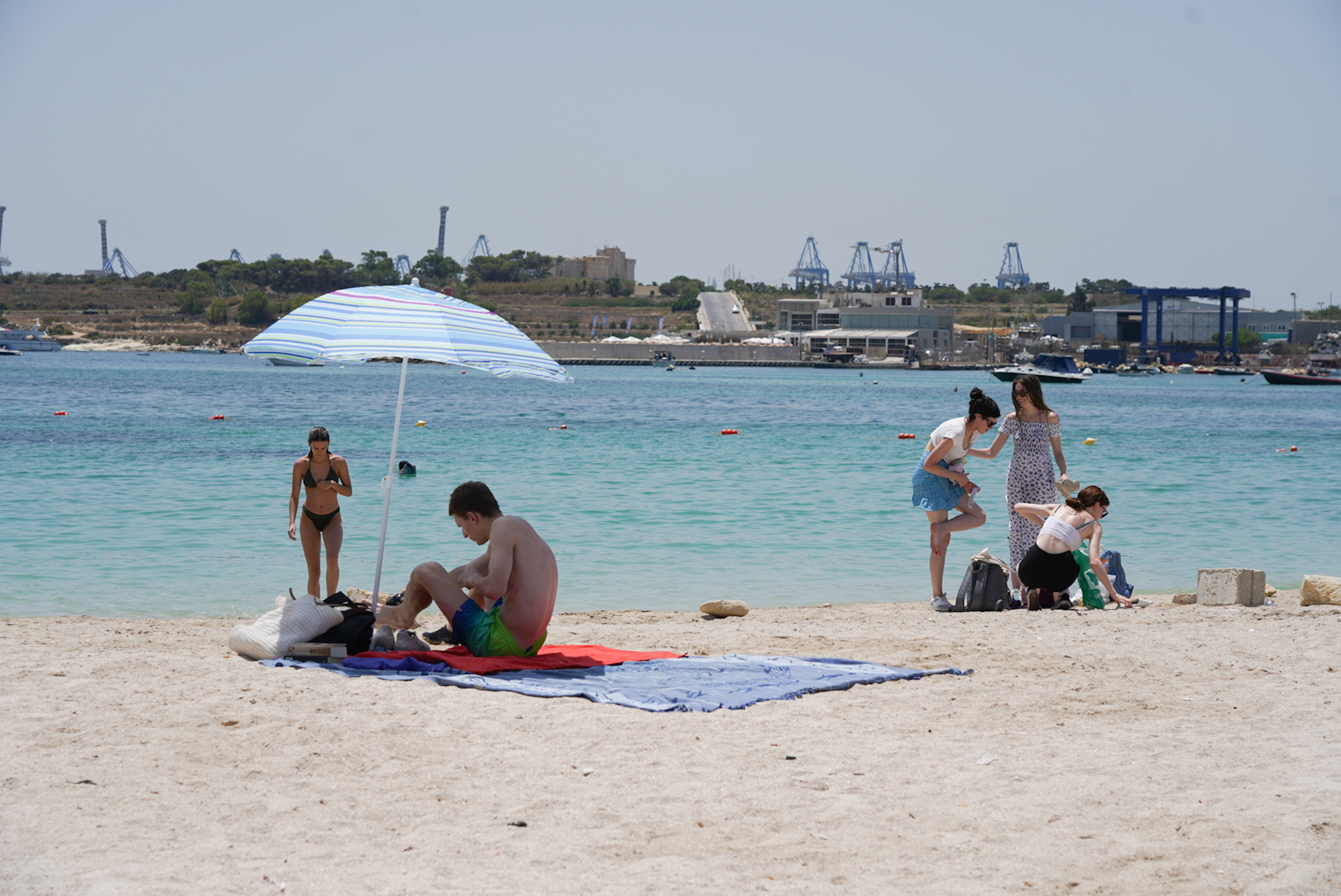Malta became a desert in 2024
A new report by the Energy and Water Agency shows that the hydrological year between 1 October 2023 and 30 September 2024 was the driest on record with the islands temporarily experiencing conditions typical of desert regions

Malta was officially classified as having “arid” climate conditions in 2023–2024, marking a worrying milestone in the country’s ongoing struggle with drought and water scarcity.
According to a new report by the Energy and Water Agency (EWA), the hydrological year between 1 October 2023 and 30 September 2024 was the driest on record. Rainfall levels were so low that the islands temporarily experienced conditions typical of desert regions.
This emerges from the Aridity Index (AI) cited in the MWA’s report. The index shows that in nine out of the last 10 years, the country experienced semi-arid conditions, with 2023-2024 classified as dry.
What is aridity?
Aridity refers to how dry a region is by comparing annual rainfall to the amount of water lost through evaporation and plant use—a measure known as the Aridity Index.
The less rainfall and the more water that evaporates, the drier a region becomes. Areas that fall into the arid category face serious challenges in sustaining natural water resources and agriculture. Well-known arid regions include the Sahara Desert, the Atacama in Chile, and parts of the Middle East. In Europe, arid regions include parts of southeastern Spain, southern Portugal and southern Greece.
While Malta has traditionally been classified as having a semi-arid climate, the 2023–2024 hydrological year marked the first time in recent history that the islands entered arid conditions. This shift poses a severe threat to farming, food production, and long-term water management.

17% drop in rainfall
The EWA report also refers to a broader decline in rainfall. From 2008 to 2024, Malta’s average annual rainfall was just 458mm—a 17% drop compared to the long-term average recorded between 1940 and 2024. This decline reflects a remarkable decrease in its main source of natural water in a country already facing water scarcity.
Three particularly dry years stand out: 2016–2017, 2020–2021 and 2023–2024. The most recent year was the most extreme, with all 12 months experiencing below-average rainfall—making it the driest year ever recorded in the Maltese Islands.
Long-term trends also point to increasing drought. Of the past 16 years, 12 recorded below-average rainfall. These conditions not only affect agriculture but also strain natural resources, social wellbeing, and the wider economy.
The agency’s report calls for continued diversification of water supply and the sustainable use of non-conventional water resources like the re-use of treated sewage as irrigation water to help the country adapt to its changing climate.


.png)







.png)















